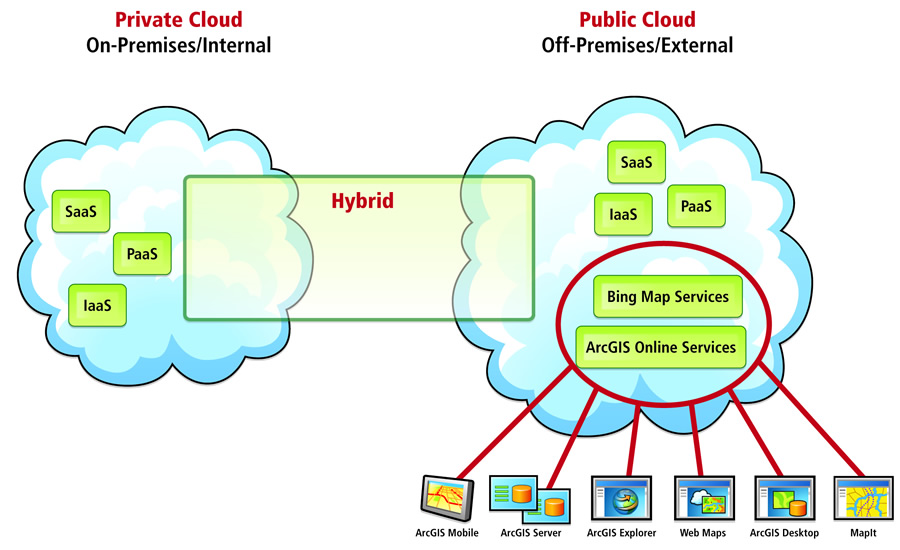
May 05, 2014
The term cloud computing is everywhere! In simplest terms, it is a mechanism to storing and accessing your data and applications over the internet instead of your computer’s hard drive. The cloud is a figurative expression for the internet and it is the next stage in the internet’s evolution. There are various vendors like Microsoft, Google, and Amazon to name a few, who provide a platform to host your organisations application and data. The other day, I was reading an article on cloud-computing and it stated “No hardware. No software. No headaches.” – this is very true, because with cloud computing, you can eliminate these headaches as you are not managing the hardware, software and other infrastructures. That’s a headache for an experienced service provider like Microsoft, Google and Amazon. These providers offer services such as HaaS (Hardware as a Service), which means they will maintain the required hardware for the data and application that you are hosting and SaaS (Software as a Service), which means they will host the required services that your organisation requires. For instance, these providers can be used to host your organisations' CRM application. The use of the cloud does create several information protection challenges, however, traditional platforms at most organisations have significant information risks that can be reduced by moving to a more highly scaled and automated environment. Cloud environment can be categorised as either private cloud or public cloud.
- 10750 - Monitoring and Operating a Private Cloud with System Center 2012
- 10751 - Configuring and Deploying a Private Cloud with System Center 2012
How do your Excel skills stack up?
Test NowNext up:
- Calculate the Resources Standard Rate in Microsoft Project
- Response Groups in Lync Server 2013
- Becoming a great workplace trainer starts with three words (Part 1)
- The Exchange Admin Center (EAC) of Exchange 2013 - It's new!
- How to create fillable forms in Microsoft Word
- EAs and PAs: Asking your boss the right questions
- VBA Excel: Finding the last row of a worksheet (Part 1)
- Implementing Big Data Solutions in SQL Server 2014
- Use slicers to filter table data in Microsoft Excel
- Hyper-V – Enhanced
Previously
- Turn the heat up on your text in Photoshop
- How to access Office Applications from within VBA
- Dependency Injection in C#
- Customise the Quick Access Toolbar in Microsoft Office
- What's new in Microsoft Exchange Server 2013 SP1
- ANZAC Day - Lest We Forget
- How to link two lists in Microsoft SharePoint
- A new manager’s first conversations
- PowerShell is for infrastructure types...right.
- Have an eggsellent Easter!









